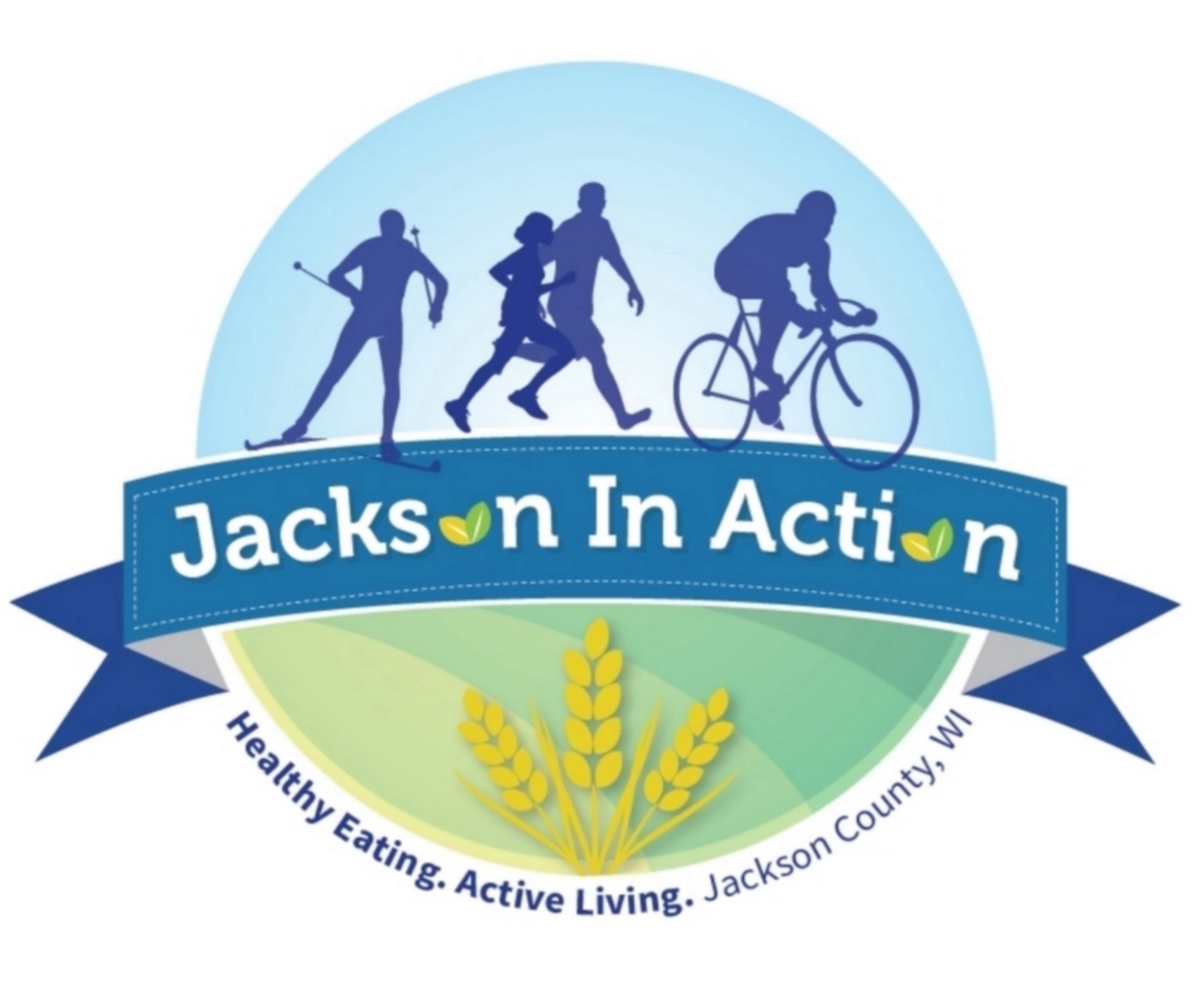By Dawn Jacobson, MA, LAT, BRMH Athletic Trainer,
Jackson in Action Coalition member
With the start of the 2015-16 school year, it’s a great time to review concussion recognition and management. A concussion is not simply “getting your bell rung” or “seeing stars.” A concussion is a traumatic brain injury. When an athlete takes a hard blow to the head or experiences a whiplash-type movement, the brain moves within the skull. In the event of a concussion, the brain impacts hard against the inner surface of the skull, causing tissue damage and other changes to occur within the brain.
Some of the common signs and symptoms of a concussion include:
· Headache
· Dizziness
· Nausea or vomiting
· Blurred vision
· Difficulty concentrating
· Balance problems
· Sensitivity to light or noise
· Confusion and difficulty remembering
· Irritability or sadness
These symptoms may not be evident immediately which is why it is important that any athlete who sustains a blow to the head or has any reason to suspect a head injury, is evaluated by a medical professional prior to returning to athletic participation. The slogan, “When in Doubt, Sit Them Out” sums this up. No practice or game is more important than ensuring your brain is healthy and safe.
If more severe symptoms are present, it’s critical to call for immediate 9-1-1 activation and transport. Symptoms may include: decreasing level of consciousness, numbness in the arms or legs, the pupils of the eyes not responding appropriately to light, seizures, neck pain, or inability to speak.
The Wisconsin Concussion Law and the Wisconsin Interscholastic Athletic Association indicates that any athlete suspected of having a concussion should be immediately removed from participation and must be evaluated and medically cleared by an appropriate health‐care professional prior to resuming participation in any practice or competition. It is important to remember that the decision of whether or not an athlete has a concussion is not for the coach, parent, or athlete to decide. If an athlete sustains a blow to the head, play it safe and let a medical professional make the decision.
For recovery from a concussion, the basic principle is rest. This includes not only physical rest, but also cognitive rest. It takes an incredible amount of energy for the brain to heal. The more energy spent using the brain for other purposes, the less energy is available for healing. When recovering from a concussion:
· Do not engage in any physical activity. Complete best rest is not necessary but sports participation and other moderate to high intensity activities should be avoided.
· Limit screen time, such as watching TV, using a smartphone, or using the computer.
· Avoid bright lights and loud noises.
· Work with a physician and school counselor to make a plan for returning to school.
With concussions, healing takes time. By resting and avoiding anything that increases symptoms, you can give your brain the best possible environment for healing.
Finally, here are the facts about a few common misunderstandings about concussions.
Misconception #1 – If I am hit in the head but only have a headache afterwards, it is not a concussion. If an athlete sustains a blow to the head and then has a headache that the athlete did not have before being hit, it is reason to suspect a concussion. Evaluation may or may not lead to diagnosis of a concussion, but any blow to the head with a resulting headache calls for removal from participation and evaluation by a medical professional.
Misconception #2 – When it is an important game, it is ok for me to wait to get checked out after the game. No game is so important that it is worth risking your life. If you sustain a second blow to your head before your brain has healed from a concussion, you are at risk for Second Impact Syndrome, a condition that results in rapid, severe swelling in the brain and has a death rate of 90%. Second Impact Syndrome can occur from two head impacts in the same game, or from a second blow weeks later when the brain is still healing. At least 13 high school athletes died from serious head and neck injuries in 2013, so while rare, it does happen.
Misconception #3 – All concussions result in “blacking out” or a loss of consciousness. Less than 10% of concussions result in a loss of consciousness.
Misconception #4 – Length of recovery from a concussion can be predicted based on initial symptoms. There is no relationship between severity of initial symptoms and length of recovery. It is impossible to predict how quickly an athlete will be ready to return to play.
Knowing all of this, the most important thing you can do when you get hit in the head is TELL SOMEONE. Tell your coach and parents so you can be evaluated by a medical professional and know if it is safe to keep playing. Whether a concussion occurs in organized athletics, in the workplace, or during recreational activities, it is important that it is taken seriously to avoid long-term consequences. Always consult with a trained medical professional when a concussion occurs.
Jackson in Action – Healthy Eating. Active Living - is a non-profit healthy living organization based in Jackson County, Wisconsin. For more information visit www.JacksonInAction.org
























